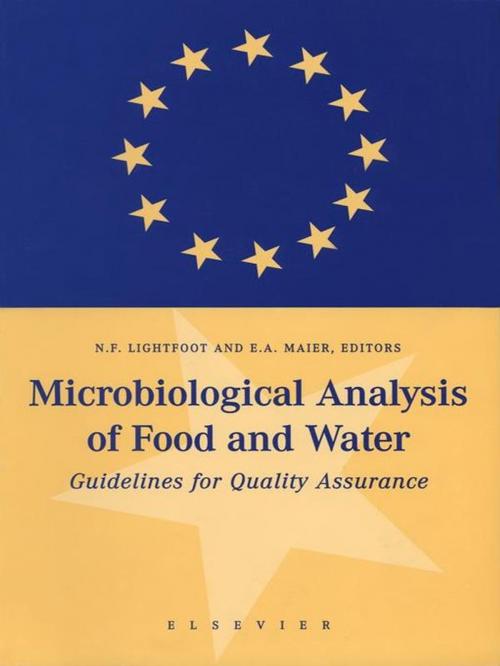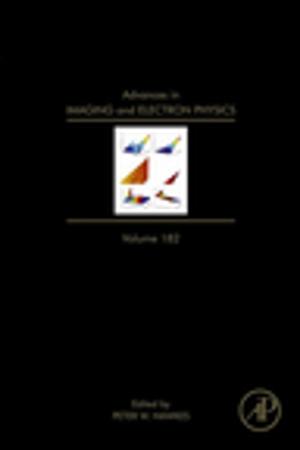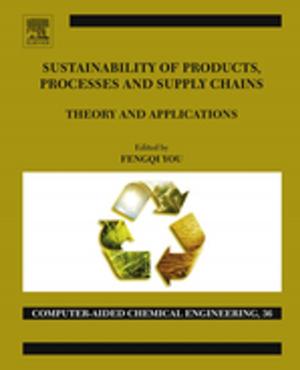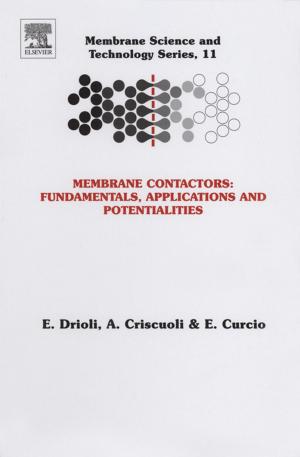Microbiological Analysis of Food and Water
Guidelines for Quality Assurance
Nonfiction, Science & Nature, Technology, Engineering, Chemical & Biochemical, Food Industry & Science| Author: | ISBN: | 9780080536514 | |
| Publisher: | Elsevier Science | Publication: | April 22, 1998 |
| Imprint: | Elsevier Science | Language: | English |
| Author: | |
| ISBN: | 9780080536514 |
| Publisher: | Elsevier Science |
| Publication: | April 22, 1998 |
| Imprint: | Elsevier Science |
| Language: | English |
With the help of leading Quality Assurance (QA) and Quality Control (QC) microbiology specialists in Europe, a complete set of guidelines on how to start and implement a quality system in a microbiological laboratory has been prepared, supported by the European Commission through the Measurement and Testing Programme. The working group included food and water microbiologists from various testing laboratories, universities and industry, as well as statisticians and QA and QC specialists in chemistry.
This book contains the outcome of their work. It has been written with the express objective of using simple but accurate wording so as to be accessible to all microbiology laboratory staff. To facilitate reading, the more specialized items, in particular some statistical treatments, have been added as an annex to the book. All QA and QC tools mentioned within these guidelines have been developed and applied by the authors in their own laboratories. All aspects dealing with reference materials and interlaboratory studies have been taken in a large part from the projects conducted within the BCR and Measurement and Testing Programmes of the European Commission.
With so many different quality control procedures, their introduction in a laboratory would appear to be a formidable task. The authors recognize that each laboratory manager will choose the most appropriate procedures, depending on the type and size of the laboratory in question. Accreditation bodies will not expect the introduction of all measures, only those that are appropriate for a particular laboratory.
Features of this book:
• Gives all quality assurance and control measures to be taken, from sampling to expression of results
• Provides practical aspects of quality control to be applied both for the analyst and top management
• Describes the use of reference materials for statistical control of methods and use of certified reference materials (including statistical tools).
With the help of leading Quality Assurance (QA) and Quality Control (QC) microbiology specialists in Europe, a complete set of guidelines on how to start and implement a quality system in a microbiological laboratory has been prepared, supported by the European Commission through the Measurement and Testing Programme. The working group included food and water microbiologists from various testing laboratories, universities and industry, as well as statisticians and QA and QC specialists in chemistry.
This book contains the outcome of their work. It has been written with the express objective of using simple but accurate wording so as to be accessible to all microbiology laboratory staff. To facilitate reading, the more specialized items, in particular some statistical treatments, have been added as an annex to the book. All QA and QC tools mentioned within these guidelines have been developed and applied by the authors in their own laboratories. All aspects dealing with reference materials and interlaboratory studies have been taken in a large part from the projects conducted within the BCR and Measurement and Testing Programmes of the European Commission.
With so many different quality control procedures, their introduction in a laboratory would appear to be a formidable task. The authors recognize that each laboratory manager will choose the most appropriate procedures, depending on the type and size of the laboratory in question. Accreditation bodies will not expect the introduction of all measures, only those that are appropriate for a particular laboratory.
Features of this book:
• Gives all quality assurance and control measures to be taken, from sampling to expression of results
• Provides practical aspects of quality control to be applied both for the analyst and top management
• Describes the use of reference materials for statistical control of methods and use of certified reference materials (including statistical tools).















